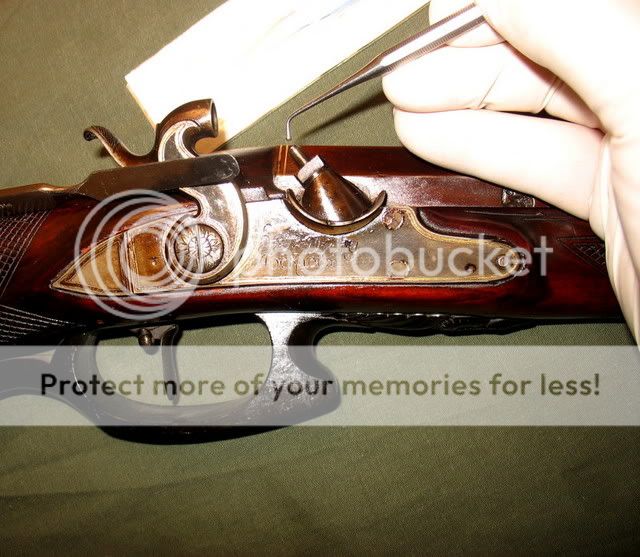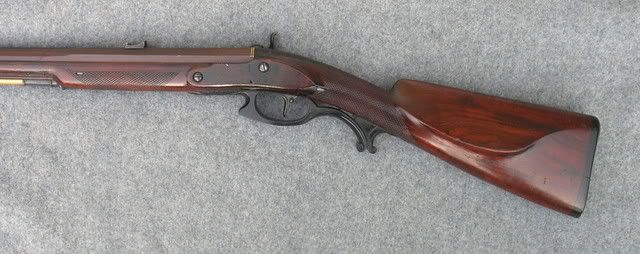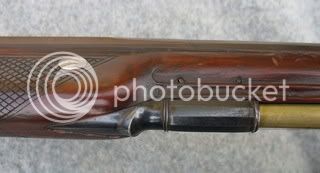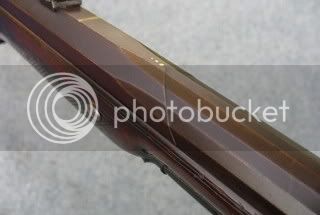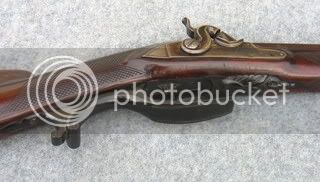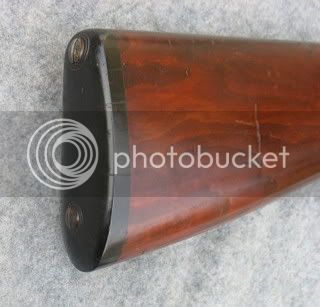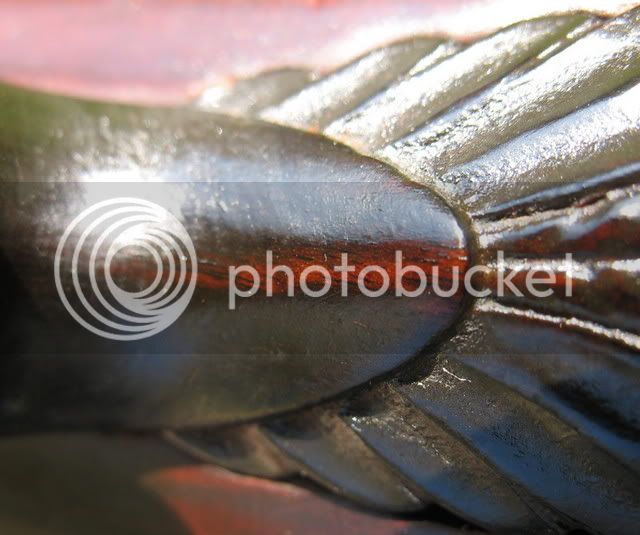This rifle has a German barrel dated 1661 and a converted lock that was originaly produced somewhere 1763-93 (Anders WÃ¥hlberg, Master gun-maker 1763 and died 1793). My question is when the stock is produced ( my guess when convertion to percussion was performed) but need ideas when this can has been done?

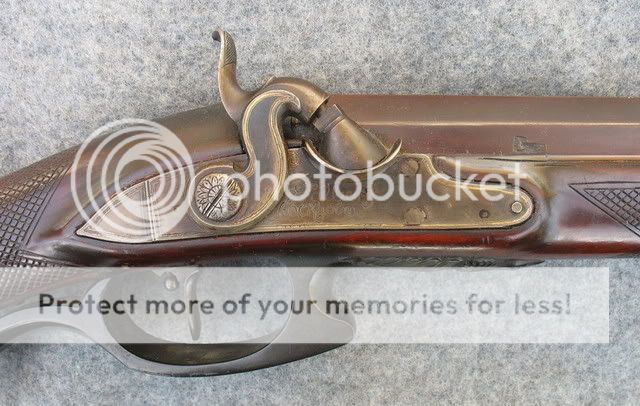
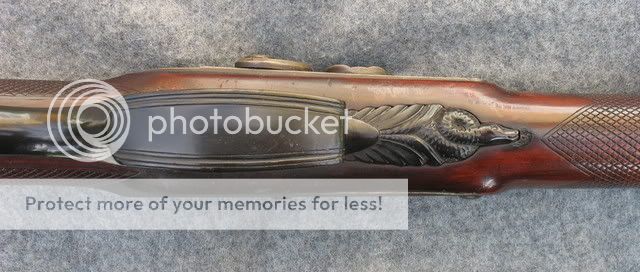
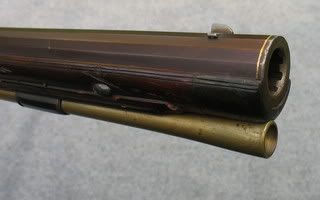
Regards,
ARILAR :grin: :thumbsup:




Regards,
ARILAR :grin: :thumbsup:





